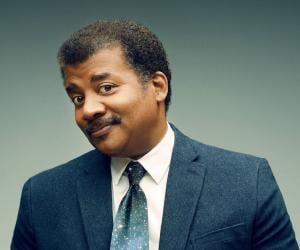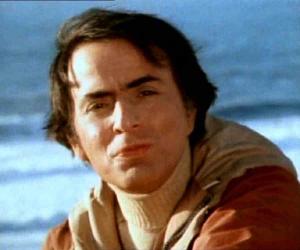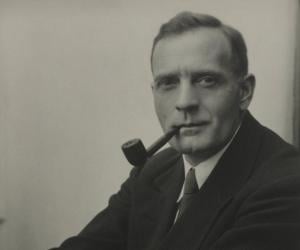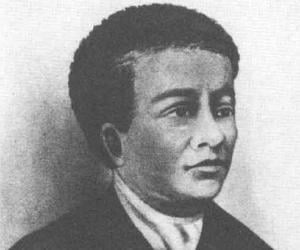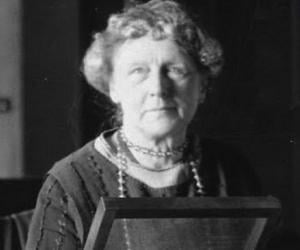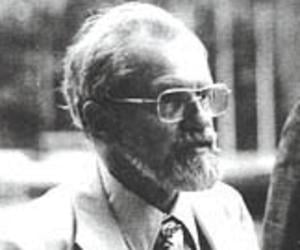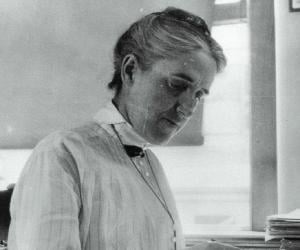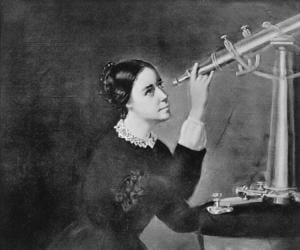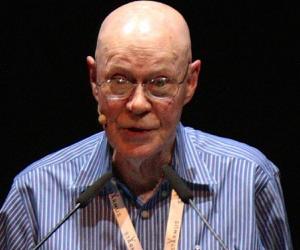Public Welfare Medal-winning astrophysicist and academic Neil deGrasse Tyson hosted shows such as NOVA ScienceNow, Cosmos: A Spacetime Odyssey, and Star Talk. He is the director of Hayden Planetarium and contributed to the dismissal of Pluto’s status as the ninth planet. He has also written a monthly column as "Merlin.”
While the Hubble Telescope, named after Edwin Powell Hubble, reminds one of his contribution to astronomy, he failed to get a Nobel Prize, as back in his time, the Nobel Committee didn’t recognize astrophysics as a valid science. He is best remembered for his work on galaxies and extragalactic astronomy.
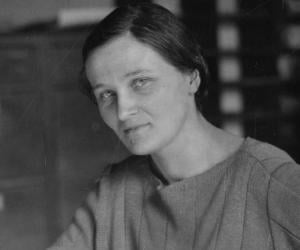
After losing her father at 4, Cecilia Payne-Gaposchkin was raised singlehandedly by her mother. The incredibly talented Cecilia studied at Cambridge but failed to secure a degree because of her gender. She later joined Harvard and opposing prevalent beliefs, proposed that stars were mainly made of hydrogen and helium.
Benjamin Banneker was born to a free African-American mother and a former slave father, and was largely self-educated. While he showed immense talent in both mathematics and astronomy, having predicted a solar eclipse with precision, he also wrote essays on civil rights and rallied against slavery.
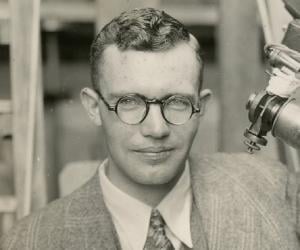
Though he wasn’t formally educated in astronomy, Clyde Tombaugh was immensely interested in the subject since childhood and had built his own telescope after high school. He grew up to discover Pluto, then regarded as the ninth planet but later declared a "dwarf planet," and many other celestial bodies.
After studying physics and astronomy at Wellesley College, Annie Jump Cannon traveled across Europe and focused on photography for a decade, before venturing to study astronomy again. At the Harvard Observatory, she made a considerable contribution to the classification of stellar bodies. She was almost deaf due to scarlet fever.
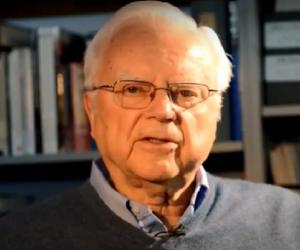
American astronomer and astrophysicist Frank Drake is best-known for developing Drake equation and for his involvement in search for extraterrestrial intelligence, including founding of modern SETI. He performed Project Ozma, the first SETI experiment for searching signs of life in distant planetary systems. He also designed content of Arecibo message, an interstellar radio message, sent to globular star cluster M13.
When the American government, baffled by unexplained sightings of flying objects, assigned J. Allen Hynek the task of solving the mystery, Hynek was sceptical. However, he later became the first person to scientifically analyze such sightings. He also established the "Close Encounter" classification system to study UFOs.
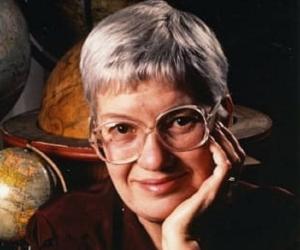
American astronomer Vera Rubin is best known for her pioneering discoveries on galaxy rotation rates, her groundbreaking work confirming the existence of dark matter and for her life-long advocacy for women in science. She studied the galactic rotation curves and provided strong evidence of the existence of dark matter. The Vera C. Rubin Observatory in Chile is named after her.
Born to a church minister, Henrietta Swan Leavitt grew up to work as a “human computer” at the Harvard Observatory. The American astronomer gained fame for discovering the period-luminosity relation of Cepheid variables. However, her brilliant scientific career was halted by her death due to stomach cancer at 53.
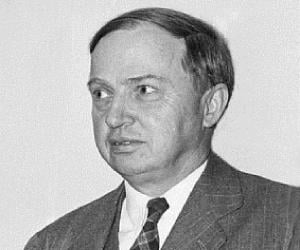
American scientist Harlow Shapley is best-remembered for ascertaining correct position of Sun within Milky Way Galaxy and for heading the Harvard College Observatory. He determined the size and shape of the Milky Way Galaxy and the Sun’s position within it using the Cepheid variable stars and wrote the Liquid Water Belt that provided scientific acceptance to Hubertus Strughold’s ecosphere theory.
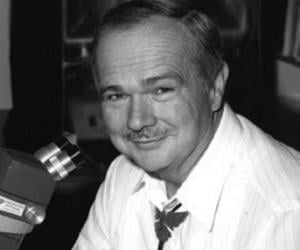
Best known for discovering the Shoemaker-Levy 9 comet, with his wife, Carolyn, and David H. Levy, Eugene Merle Shoemaker was an American astrogeologist who had also worked with the U.S. Geological Survey. He had been part of NASA’s lunar exploration missions. Following his death, his ashes were transported to the Moon.
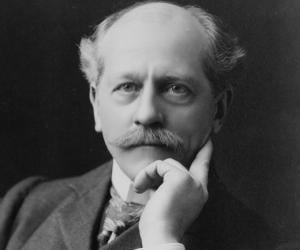
Born into the famous Brahmin Lowell family of Massachusetts, Percival Lowell studied at Harvard, where he excelled in math. He managed a cotton mill and also spent time in Asia as a diplomat. He is best remembered for initiating the discovery of Pluto and for studying the canals on Mars.
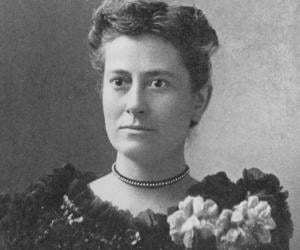
Born in Scotland, Williamina Fleming moved to the U.S. with her husband, where she began working as a housekeeper for Harvard Observatory director Edward C. Pickering. Pickering secured her a job at the observatory, and Fleming went on to establish a classification and cataloguing system for stars.

American astronomer, naval officer, oceanographer and author Matthew Fontaine Maury, who first served the United States Navy and then the Confederacy States Navy, made significant contributions in oceanography. His book Physical Geography of the Sea is counted among the first comprehensive books on oceanography. Navies and merchant marines across the world adopted his uniform system of recording oceanographic data.
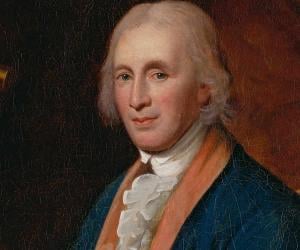
American astronomer, inventor, mathematician, clockmaker and surveyor David Rittenhouse, who served as first director of the United States Mint and remained a member of the American Philosophical Society, made several significant breakthroughs for the US. His achievements include discovering the atmosphere of Venus and observing its transit, becoming the first American to sight Uranus, and completing an advanced orrery.
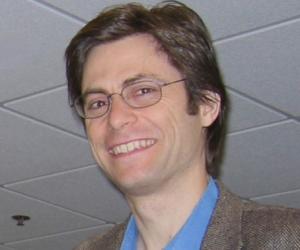
Born to math professor Harold S. Shapiro, Max Tegmark grew up to co-establish the Future of Life Institute, with funding from Elon Musk. The MIT professor is a specialist in cosmology, physics, and machine learning and had also penned a book on artificial intelligence, titled Life 3.0.

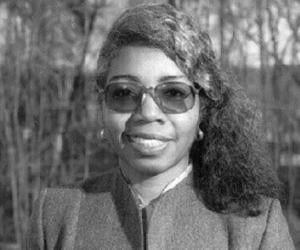
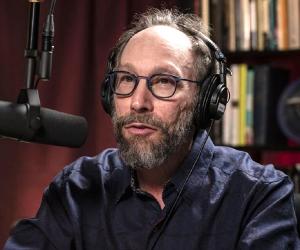
American-Canadian theoretical physicist Lawrence M. Krauss has taught at institutes such as ASU and Yale and also penned several bestselling books. Known for his research on dark energy and zero-energy states, he was later accused of sexual misconduct and thus lost the directorship of the ASU’s Origins Project.

Astronomer Amy Mainzer has been associated with NASA's NEOWISE mission and specializes in asteroid detection. The Stanford and Caltech alumna now teaches at the Lunar and Planetary Laboratory of the University of Arizona and has also appeared on the History Channel series The Universe and in several documentaries.
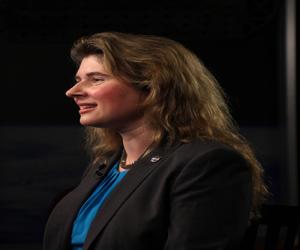
Apart from being the assistant director of science at NASA's Goddard Space Flight Center, astronomer Michelle Thaller also appears on shows such as The Universe on the History Channel. The Harvard alumna has also worked with Caltech. Apparently, Carl Sagan’s Cosmos had pushed her to study astronomy at 10.
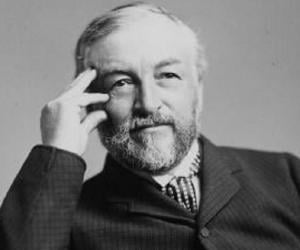
Astrophysicist Samuel Pierpont Langley had worked as an engineer before he taught physics and astronomy at the Western University of Pennsylvania. He later took over as the director of the Allegheny Observatory. He is best remembered for his research on solar radiation and for inventing the bolometer.
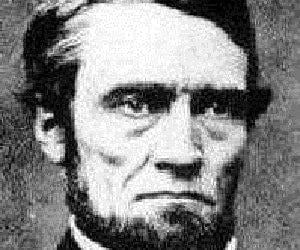
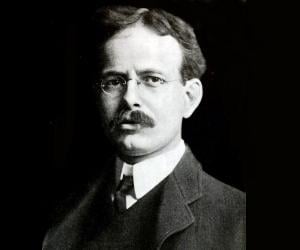
George Ellery Hale was an American solar astronomer. He discovered magnetic fields in sunspots, a discovery that gained him international fame. He played key roles in the planning or construction of several world-leading telescopes, including the 40-inch refracting telescope at Yerkes Observatory. He was a major figure in the foundation of the International Union for Cooperation in Solar Research.
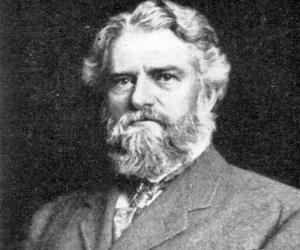
Initially a herbalist’s apprentice, Simon Newcomb later deviated to mathematics and astronomy. Born to a schoolteacher, he had loved math since age 5 but wasn’t formally educated. He later joined Harvard University, taught math at the US Navy, detected locations of celestial bodies, and wrote a science-fiction novel, too.
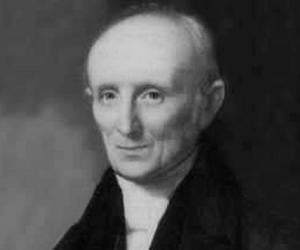
At 10, Nathaniel Bowditch was forced to quit studies due to poverty and started working, first at his father’s shop and then as a clerk in other shops. During his voyages in merchant ships, he discovered his love for math. He later redefined maritime navigation with his mathematical research.
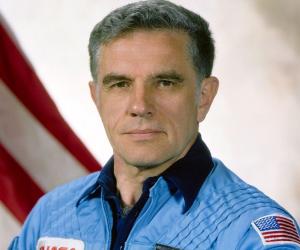
Karl Gordon Henize was a space scientist and astronaut who authored seventy papers on astronomy. He was posted at various observatories round the world. Later on, he joined NASA as scientist-astronaut and flew on space shuttle Challenger as a mission specialist.
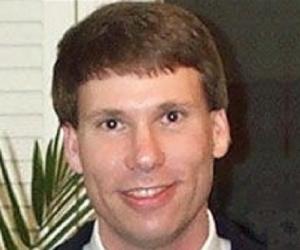
Famous for creating and maintaining MathWorld, the most widely accessed internet site for mathematical resources, Eric W. Weisstein is an encyclopedist who began compiling scientific encyclopedias as a high school student. Author of the bestselling book, CRC Concise Encyclopedia of Mathematics, he is also credited with creating ScienceWorld website.
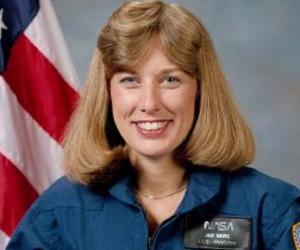
Former American astronaut Jan Davis logged over 673 hours and 11 million miles in space and orbited the earth 445 times during her three Space Shuttle flights, STS-47, STS-60, STS-85. She worked for NASA for over two decades and thereafter served as a Vice President and Deputy General Manager for Jacobs Engineering Group. She presently works for Bastion Technologies, Inc.
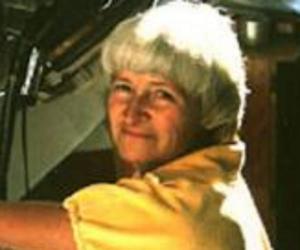
Carolyn S. Shoemaker is an American astronomer best known as a co-discoverer of Comet Shoemaker-Levy 9. A prolific discoverer of comets, she once held the record for most comets discovered by an individual. She was married to geologist Eugene Shoemaker and often collaborated with him. The couple was awarded the James Craig Watson Medal in 1998.
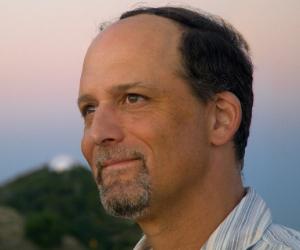
American astronomer Geoffrey Marcy is best known for his use of Doppler shifts in discovering many extrasolar planets, which paved way for discovery of several hundred planetary bodies in multiple star systems. Seventy of the first hundred known exoplanets were discovered by Marcy and his research teams, who also detected the first planetary system around a Sun-like star, Upsilon Andromedae
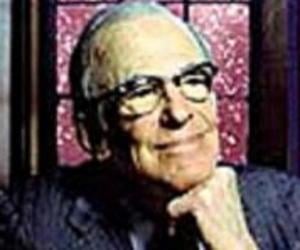
Lyman Spitzer was an American theoretical physicist, mountaineer, and astronomer. He was known for his research into star formation and plasma physics. He is credited with the invention of the stellarator plasma device and he was the one who first conceived the idea of telescopes operating in outer space. He was a founding member of the World Cultural Council.
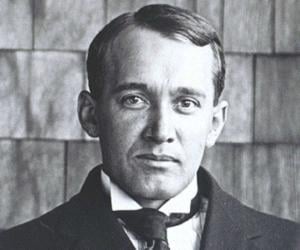
Vesto Slipher was an American astronomer who was the first to discover that distant galaxies are redshifted and also the first to relate these redshifts to velocity. He also performed the first measurements of radial velocities for galaxies. He completed his doctorate at Indiana University and spent his entire career at Lowell Observatory in Flagstaff.
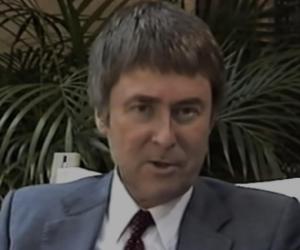
American physicist and space activist Gerard K. O'Neill is noted for inventing the particle storage ring for high-energy physics experiments and for proposing and advocating colonization of space. He proposed the space settlement concept O'Neill cylinder in his award-winning book The High Frontier: Human Colonies in Space, invented a magnetic launcher called mass driver and founded the Space Studies Institute.
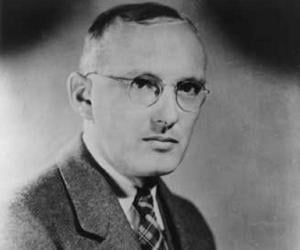
Karl Guthe Jansky was an American physicist and radio engineer. He first discovered radio waves emanating from the Milky Way in August 1931. However, due to his lack of formal training as an astronomer, research into radio astronomy remained dormant for many years. Later on, he came to be widely regarded as one of the founding figures of radio astronomy.
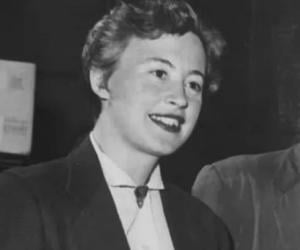
Margaret Burbidge was a British-American observational astronomer and astrophysicist. She was the first author of the influential B2FH paper and one of the founders of stellar nucleosynthesis. She held several leadership and administrative posts and was well known for her work opposing discrimination against women in astronomy. In 1988, she was awarded the Albert Einstein World Award of Science.
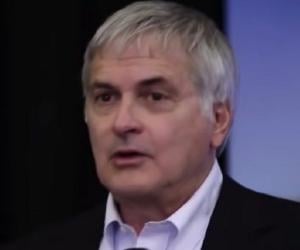
Best known as a senior astronomer of the SETI Institute, Seth Shostak has also been seen on the radio show Big Picture Science. He has also appeared as himself or as an astronomer in numerous films and TV series such as The Day the Earth Stood Still and Alien Encounters.
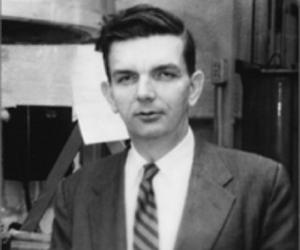
American astronomer and Princeton University physicist Robert H. Dicke is best known for making significant contributions in the fields of atomic physics, astrophysics, gravity and cosmology. He designed and introduced the Dicke radiometer, the most common form of microwave radiometer; developed the Brans–Dicke theory of gravitation with Carl H. Brans; and is generally believed to have invented the lock-in amplifier.

NASA scientist Robert Jastrow had also taught at Yale and Dartmouth College but is best remembered for establishing NASA’s Goddard Institute for Space Studies and serving as its director. Apart from his research on astronomy and planetary science, he had hosted countless CBS-TV programs on space science.
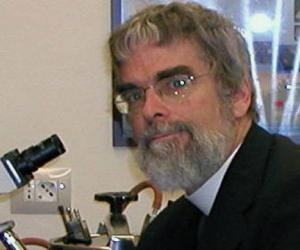
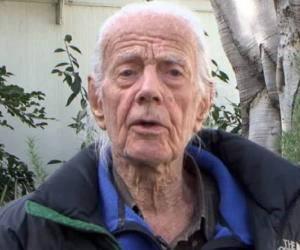
Known as the "Pied Piper of Astronomy" or the "Star Monk," amateur astronomer John Dobson created a low-cost Newtonian telescope, known as the Dobsonian telescope. Born in China, Dobson later moved to the U.S., where he spent 23 years at the Vedanta Monastery, following which he promoted astronomy and cosmology.
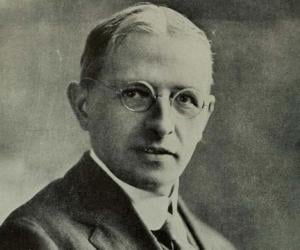
Astronomer Henry Norris Russell is best remembered for his efforts in making physics the core of astrophysical science. The Princeton alumnus later taught at his alma and became the director of the Princeton University Observatory. He also contributed to the Russell–Saunders coupling and the Hertzsprung–Russell diagram.
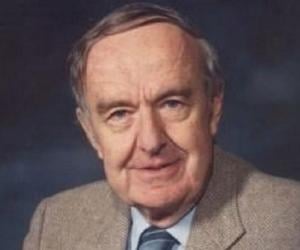
Considered to be one of the most influential astronomers of the 20th century, Allan Rex Sandage is credited with determining the first reasonably accurate value of Hubble’s constant and the age of the universe, a work he began while serving as a graduate student assistant to cosmologist Edwin Hubble. Later, he also made significant contributions to quasi-stellar radio sources.
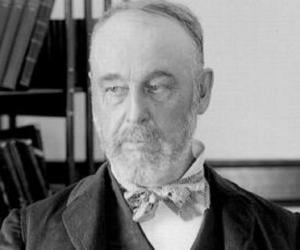
Asaph Hall was born into a poor family of a clockmaker, and after losing his father, he began working as a carpenter’s apprentice. His talent in mathematics earned him a position at the Harvard College Observatory, and he ended up discovering the two moons of Mars, Deimos and Phobos.
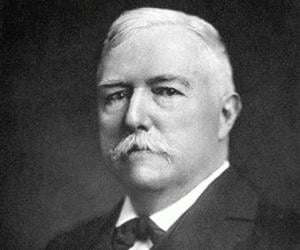
Having lost his father a few months before his birth, Edward Emerson Barnard struggled with poverty and missed out on formal education, but realized his passion for photography quite early in life. Remembered as a pioneer of celestial photography, he discovered countless comets and celestial bodies, including the Barnard’s star.
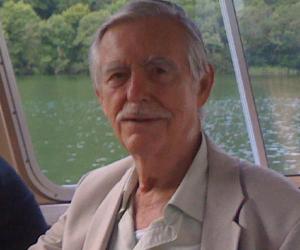
Harvard and Caltech alumnus Halton Christian Arp later worked at Indiana University, before joining the Max Planck Institute for Astrophysics. The astronomer is best known for his Atlas of Peculiar Galaxies, which listed countless galaxies, and his research on the distance of quasars. He believed the Big Bang Theory was incorrect
